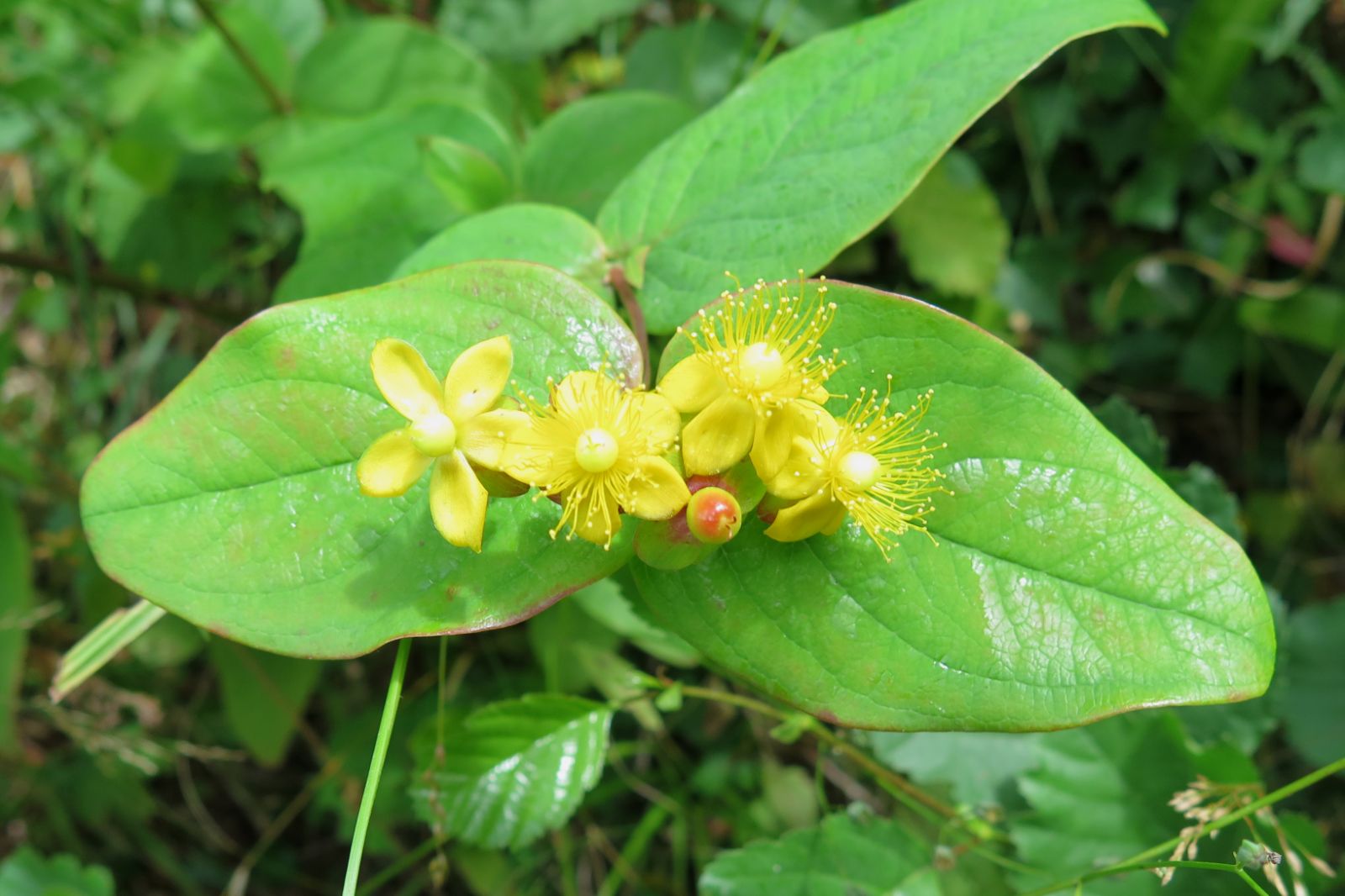Hypericum androsaemum
Credits
Article from Bean's Trees and Shrubs Hardy in the British Isles
Recommended citation
'Hypericum androsaemum' from the website Trees and Shrubs Online (treesandshrubsonline.
Other taxa in genus
- Hypericum acmosepalum
- Hypericum addingtonii
- Hypericum aegypticum
- Hypericum augustinii
- Hypericum balearicum
- Hypericum bellum
- Hypericum buckleyi
- Hypericum calycinum
- Hypericum cerastoides
- Hypericum chinense
- Hypericum choisianum
- Hypericum cordifolium
- Hypericum coris
- Hypericum × cyathiflorum
- Hypericum densiflorum
- Hypericum 'Eastleigh Gold'
- Hypericum empetrifolium
- Hypericum ericoides
- Hypericum forrestii
- Hypericum frondosum
- Hypericum galioides
- Hypericum grandifolium
- Hypericum 'Hidcote'
- Hypericum hircinum
- Hypericum hookeranum
- Hypericum hypericoides
- Hypericum × inodorum
- Hypericum kalmianum
- Hypericum kouytchense
- Hypericum leschenaultii
- Hypericum lobbii
- Hypericum monogynum
- Hypericum × moseranum
- Hypericum × moserianum
- Hypericum nudiflorum
- Hypericum olympicum
- Hypericum patulum
- Hypericum prolificum
- Hypericum reptans
- Hypericum revolutum
- Hypericum stellatum
- Hypericum subsessile
- Hypericum wilsonii
- Hypericum xylosteifolium
A half-woody shrub of vigorous bushy habit 2 to 3 ft high, with angled or slightly winged stems branching towards the top, and bearing flowers on each branchlet. Leaves slightly aromatic, the largest among hardy hypericums, and sometimes 31⁄2 to 4 in. long, 2 to 21⁄4 in. wide ovate, blunt at the apex, cordate at the base, and stalkless. Flowers three to nine together in cymose clusters at the end of the main-stalk and lateral branches; each flower about 3⁄4 in. across, light yellow; stamens in five bundles, united only at the base; styles three; sepals nearly as long as the petals. Fruit a three-celled, berry-like capsule, nearly globose, and about the size of a pea, turning first purple, finally almost black, filled when ripe with a wine-coloured juice.
Native of W. Europe, N. Africa, N.W. Yugoslavia, and of the forest region south and east of the Black Sea and south of the Caspian. It is widely distributed but local in Britain in the wild, but naturalised in many gardens in shrub borders, shady dry-walls, etc. Although of no great beauty in regard to flower, this species is handsome in its healthy, robust appearance, fine big leaves, and dark fruits. The name ‘Tutsan’ is a corruption of toute-saine (heal-all), and refers to the many curative properties the plant was once supposed to possess. It is one of the best things for furnishing rather shaded places, and flowers from June until September.

